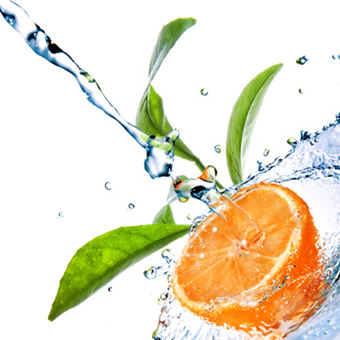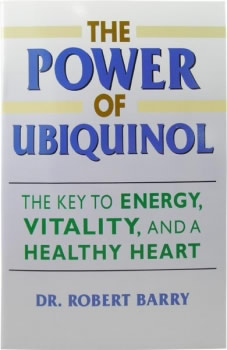Rutin is a compound known as a flavonoid glycoside. Especially can be found in buckwheat seeds, apple peels, orange, grapefruits, lemons, asparagus, carrot, sweet potato and black tea. Like other bioflavonoids, rutin has powerful antioxidant and anti-inflammatory effects.
Rutin Hemorrhoids Treatment
In 1942, experts at the US “Department of Agriculture” postulated the considerable physiological effect of rutin on capillary blood vessels. Because of its capability to strengthen capillaries and increase circulation, rutin may be effective in the cure of disorders related to venous insufficiency, including varicose veins, swelling, and hemorrhoids. Have been used in Europe long in the therapy of circulation disorders that cause fluid to leak out of the blood vessels and swelling, including venous insufficiency, varicose veins and post-surgical lymphedema. Rutin helps the body utilize vitamin C, which should be taken simultaneously so they may act synergistically for strong effect.
Hemorrhoids are lumps or masses of tissue in the anus, which contain enlarged blood vessels. Internal hemorrhoids generally present with painless rectal bleeding while external hemorrhoids may produce few symptoms or if thrombosed significant pain and swelling in the area of the anus. Increasing rutin quantities strengthens blood vessels, including inflamed hemorrhoids. This bioflavonoid helps to strengthen the capillaries around the hemorrhoid and can keep tissue from disintegrating.
Varicose veins are enlarged, twisted veins that are not moving blood effectively. Severe long-standing varicose veins can lead to leg swelling, venous eczema, skin thickening and ulceration. Some researches, have shown that oxerutins, flavonoids that come from rutin, reduce swelling, aching and pain from varicose veins.
Chronic venous insufficiency is a common cause of leg pain and swelling, and is usually associated with varicose veins. Venous insufficiency is a disease in which the veins have problems sending blood from the legs back to the heart. Vein valves are designed to allow blood to flow against gravity from the legs back to the heart. When the values fail to close properly, gravity wins and the flow reverses. Double-blind, placebo-controlled clinical trials have shown an recovery in signs and symptoms related to chronic venous insufficiency including heavy legs, edema, paresthesia and cramps.
 Some clinical studies have found that gotu kola may improve poor blood flow to the legs and help to decrease swelling. In a clinical trial of 94 people with venous insufficiency, those who took gotu kola saw their symptoms reduce compared to those who took placebo. In different study, 30 people with chronic venous insufficiency experienced important improvements in their symptoms after taking a combination of gotu kola and vitamin E for 10 weeks. In another study of people with venous insufficiency, 2 weeks of cure with gotu kola was shown to decrease the time necessary for the swelling to disappear. Also, creams containing gotu kola regulate collagen production and inhibit excessive scar formation. Lab experiments conducted in Europe and India demonstrate that an ointment or gel made from gotu kola may speed wound healing.
Some clinical studies have found that gotu kola may improve poor blood flow to the legs and help to decrease swelling. In a clinical trial of 94 people with venous insufficiency, those who took gotu kola saw their symptoms reduce compared to those who took placebo. In different study, 30 people with chronic venous insufficiency experienced important improvements in their symptoms after taking a combination of gotu kola and vitamin E for 10 weeks. In another study of people with venous insufficiency, 2 weeks of cure with gotu kola was shown to decrease the time necessary for the swelling to disappear. Also, creams containing gotu kola regulate collagen production and inhibit excessive scar formation. Lab experiments conducted in Europe and India demonstrate that an ointment or gel made from gotu kola may speed wound healing. action of each other. Daily dose; 2000-6000 mg.
action of each other. Daily dose; 2000-6000 mg. Ubiquinol is a powerful antioxidant used to support optimum cardiovascular and nervous system health. Ubiquinol rates have been shown to be suppressed in older people and those with cardiovascular, liver, neurological, and diabetes related diseases. This substance is used usually to avoid or treat cardiovascular diseases such as high blood pressure, congestive heart failure, cardiomyopathy, mitral valve prolapse, and angina.
Ubiquinol is a powerful antioxidant used to support optimum cardiovascular and nervous system health. Ubiquinol rates have been shown to be suppressed in older people and those with cardiovascular, liver, neurological, and diabetes related diseases. This substance is used usually to avoid or treat cardiovascular diseases such as high blood pressure, congestive heart failure, cardiomyopathy, mitral valve prolapse, and angina.